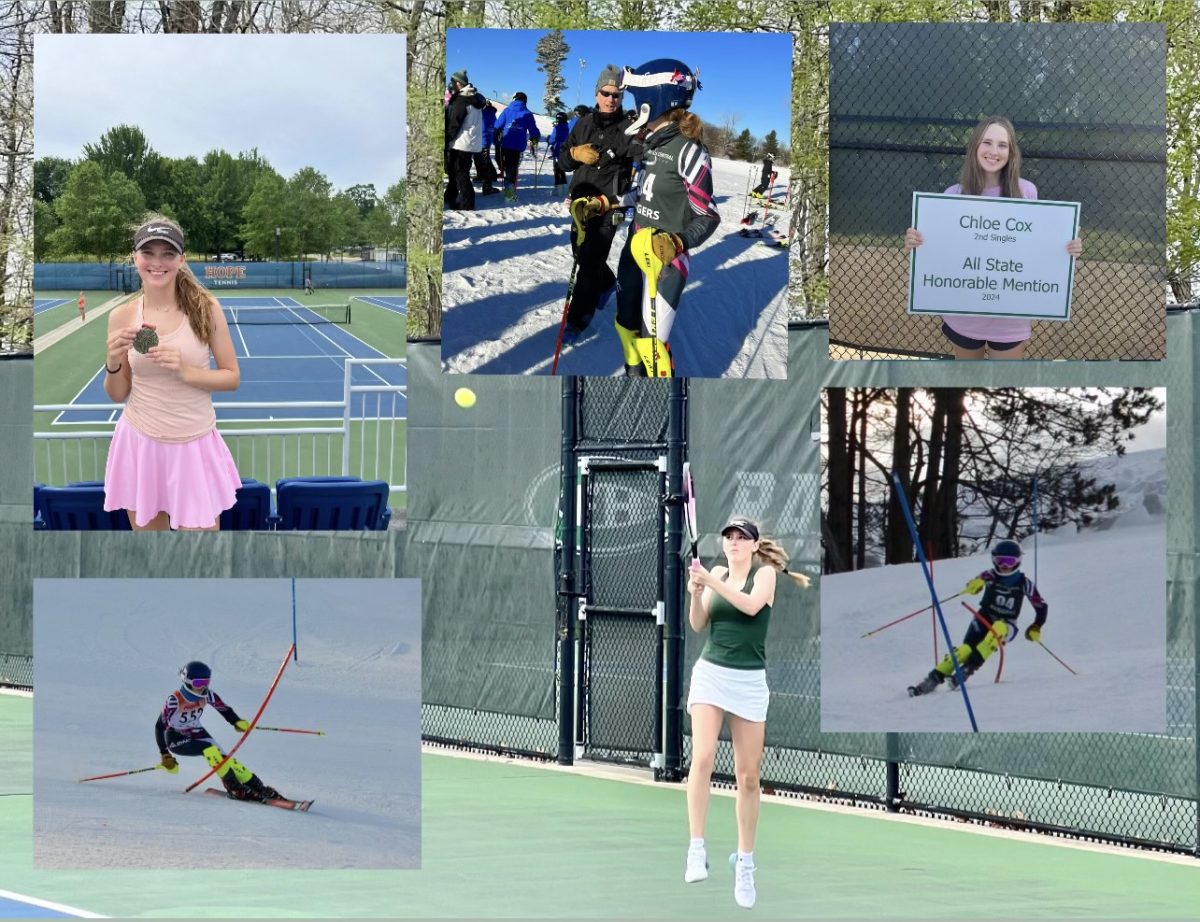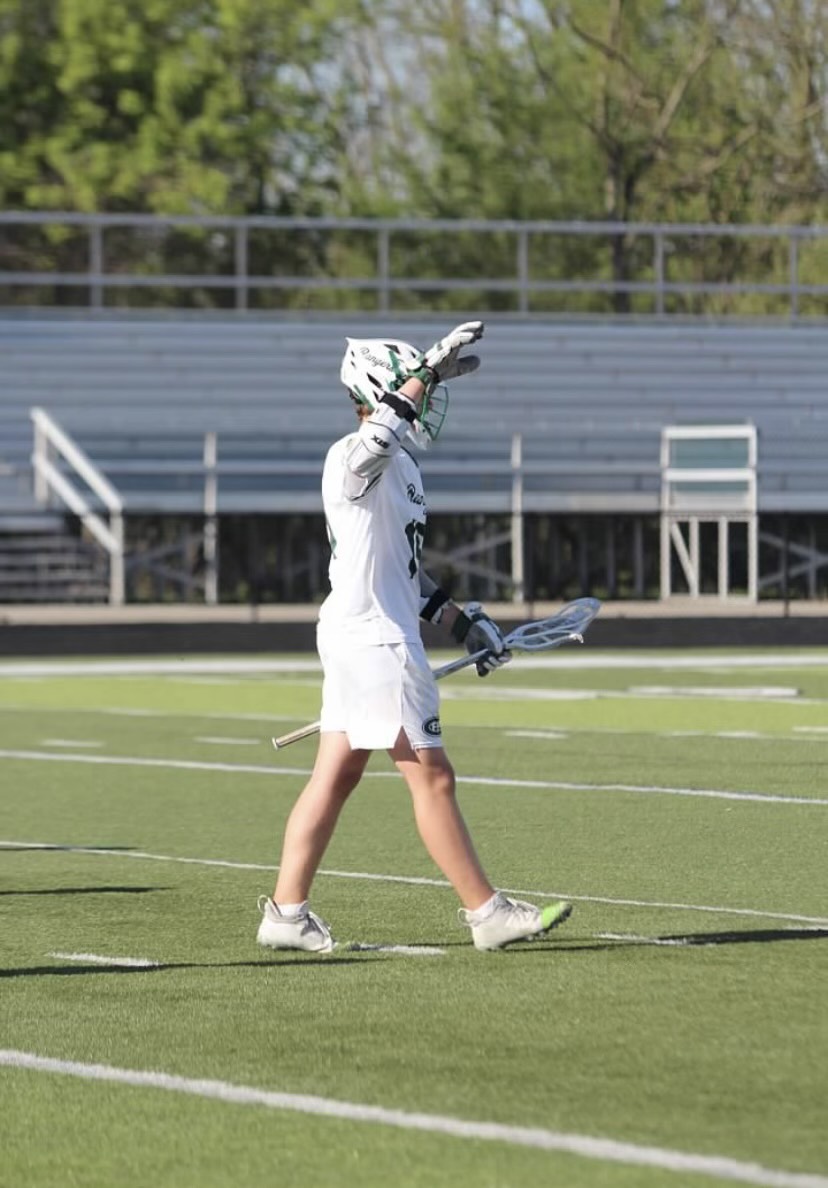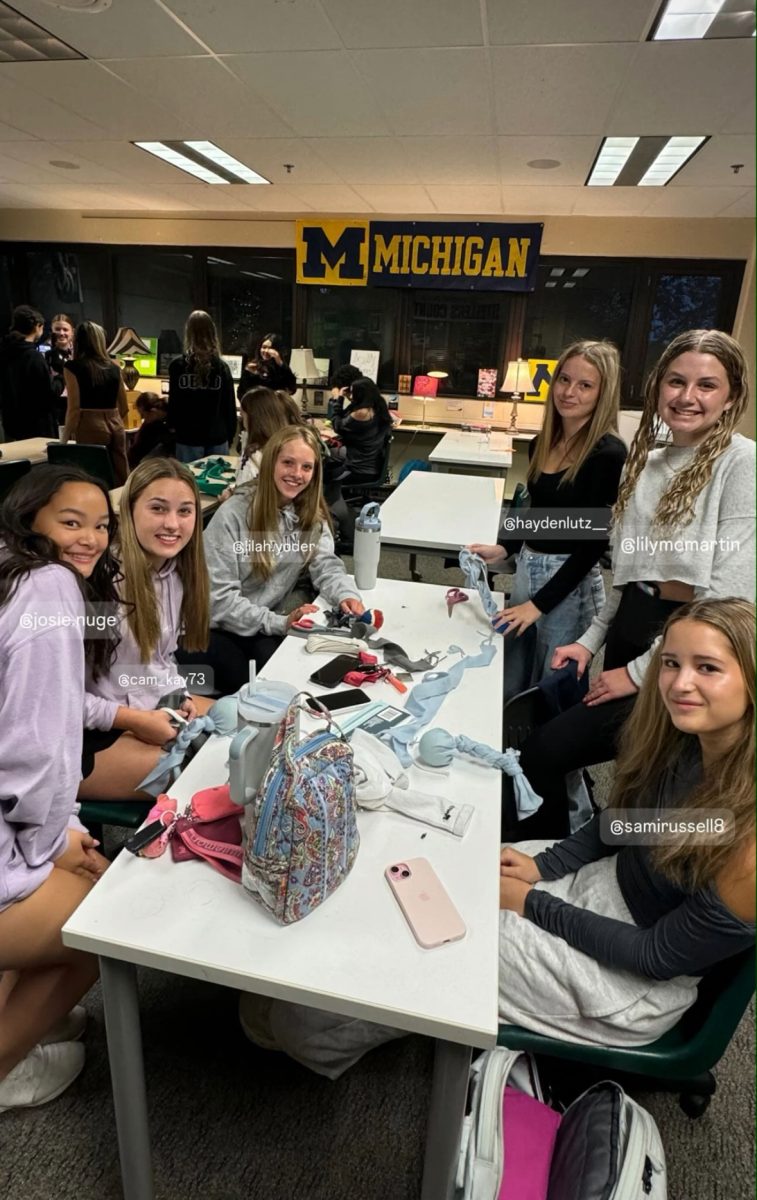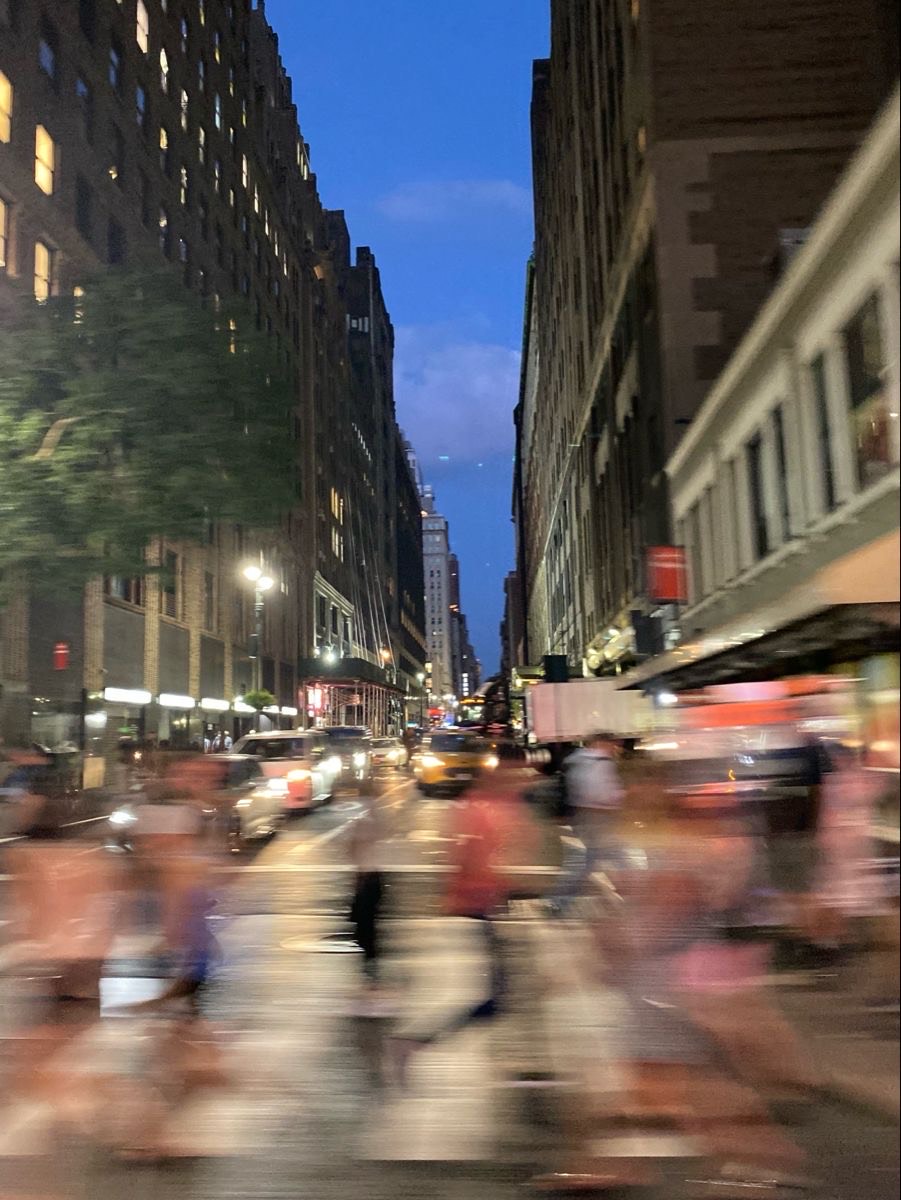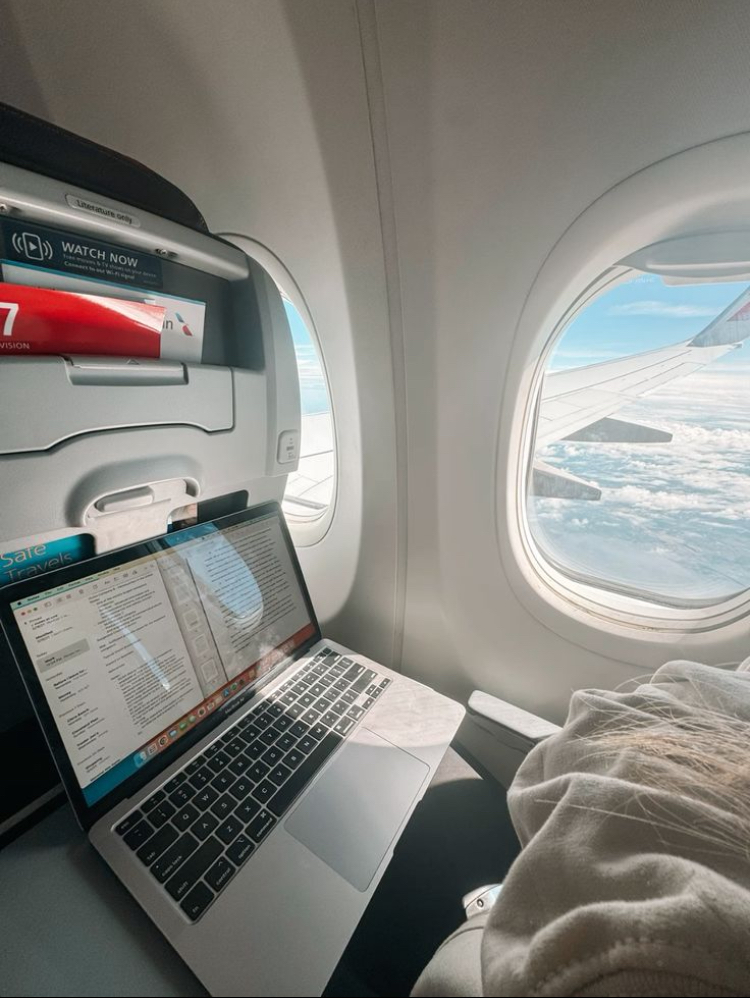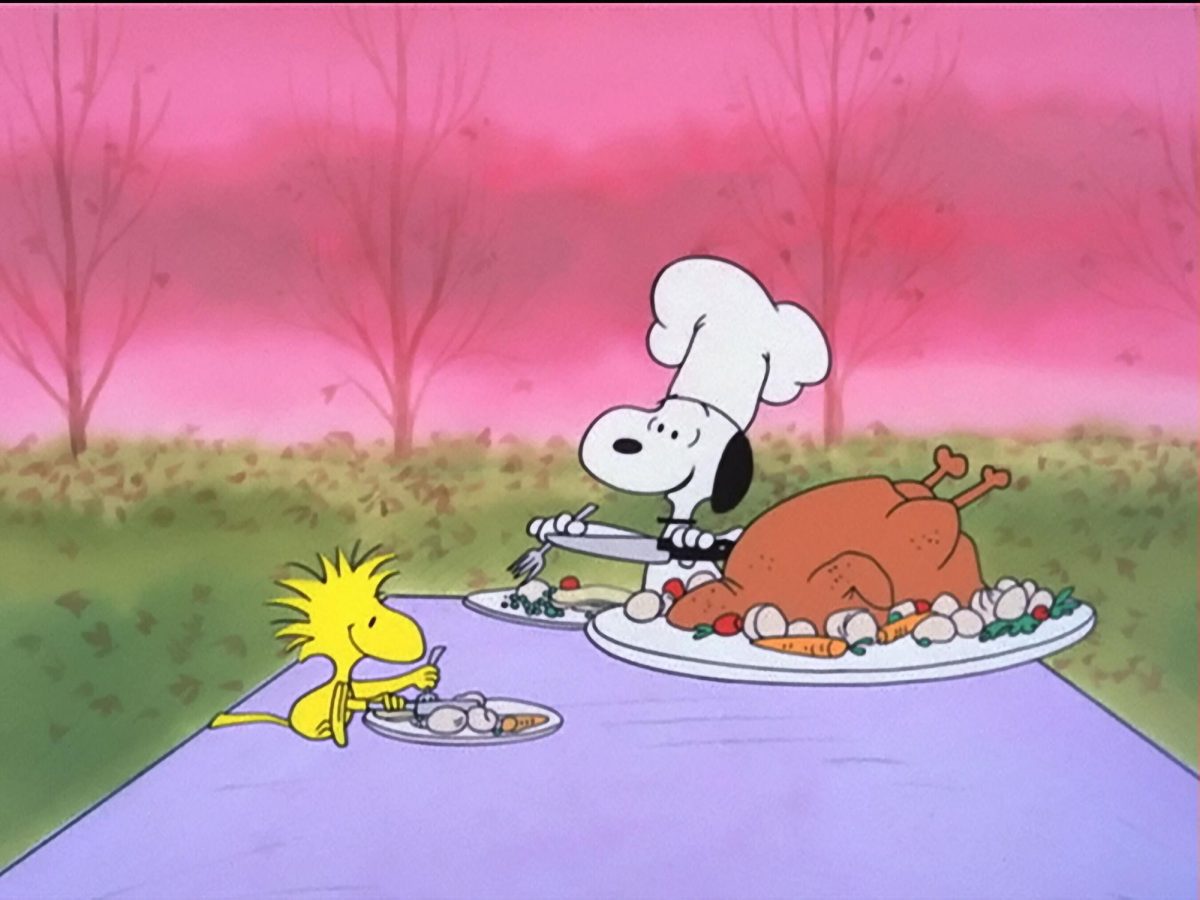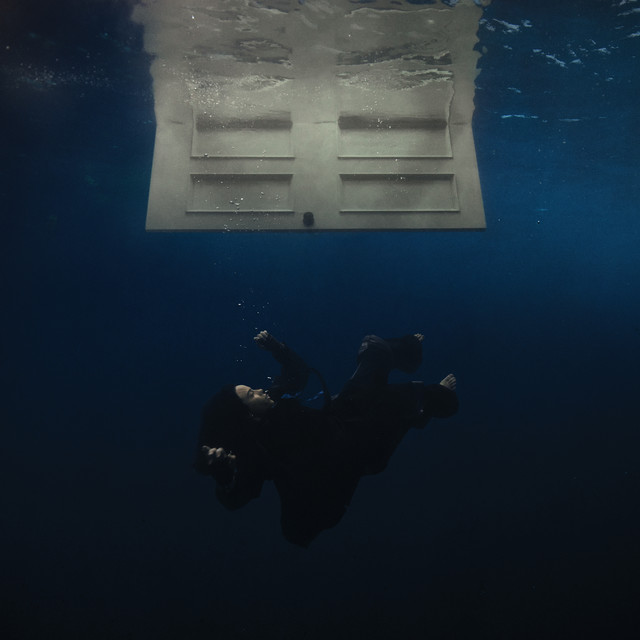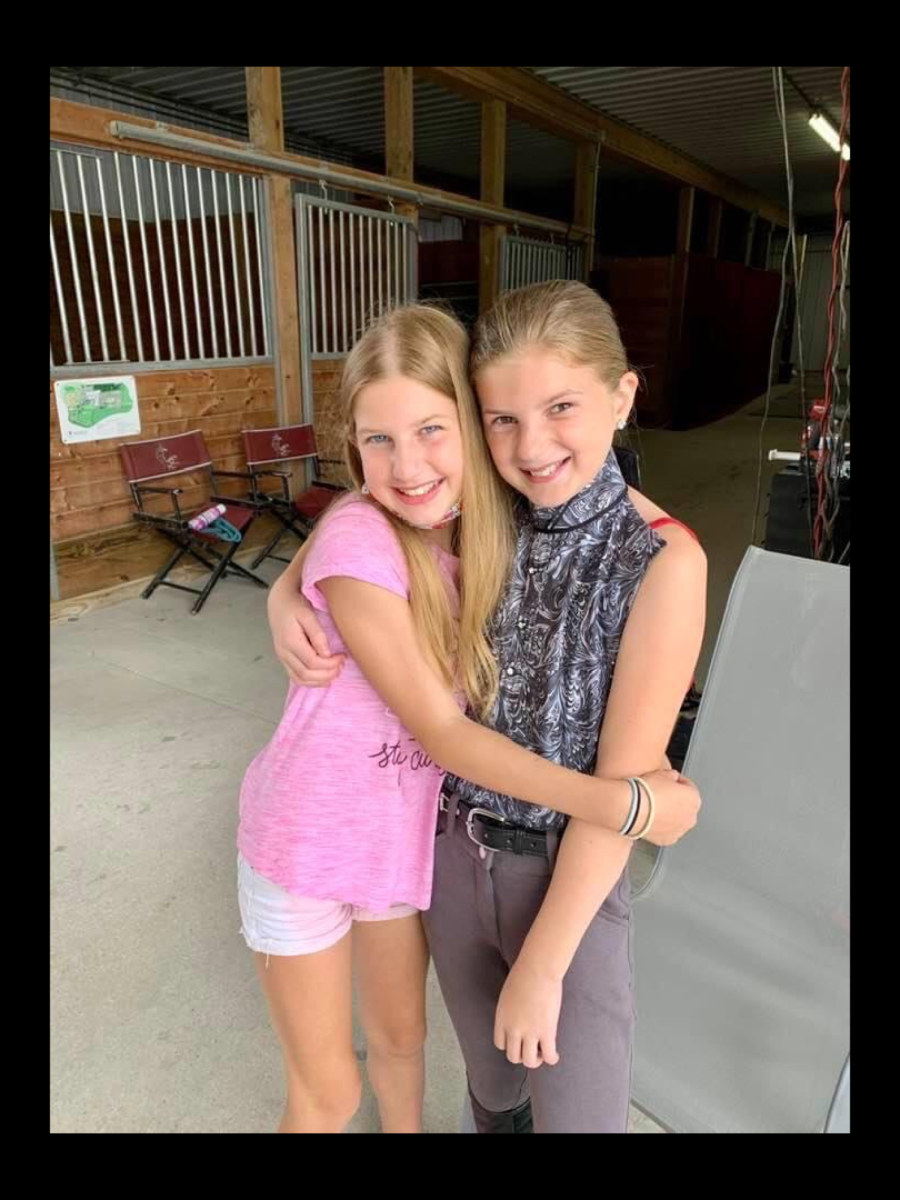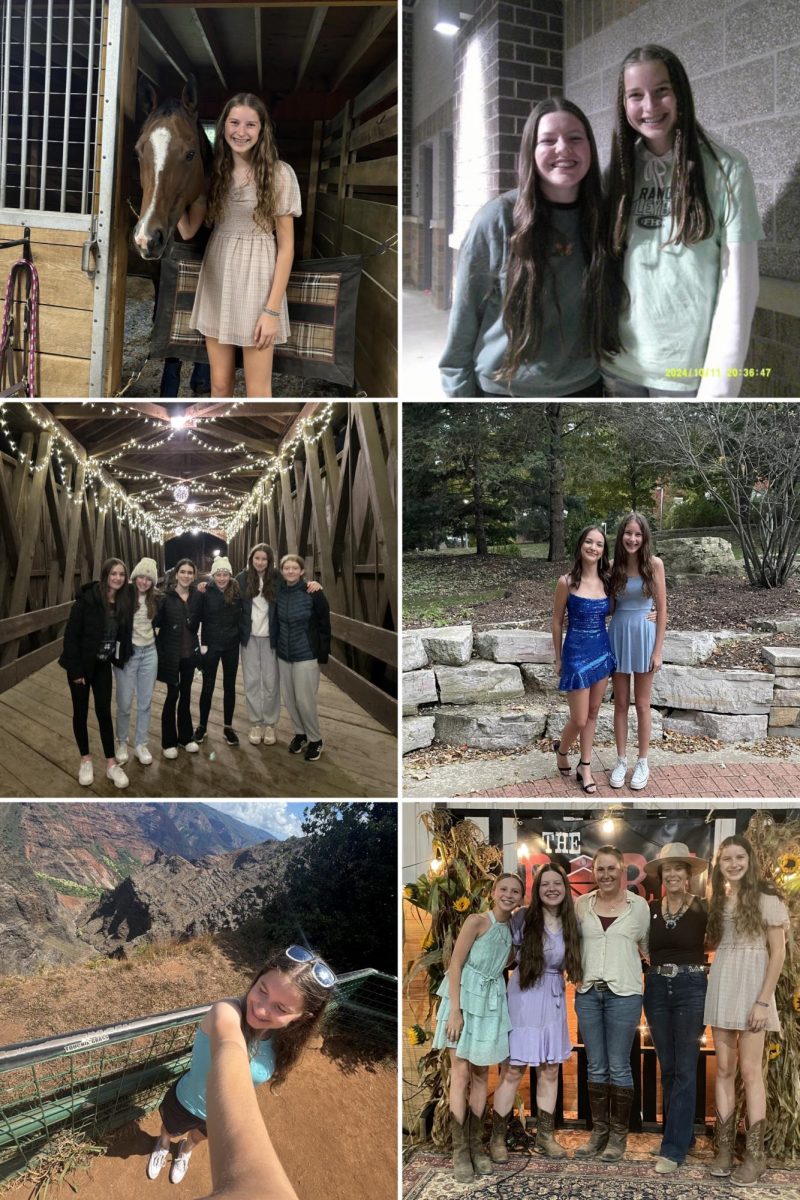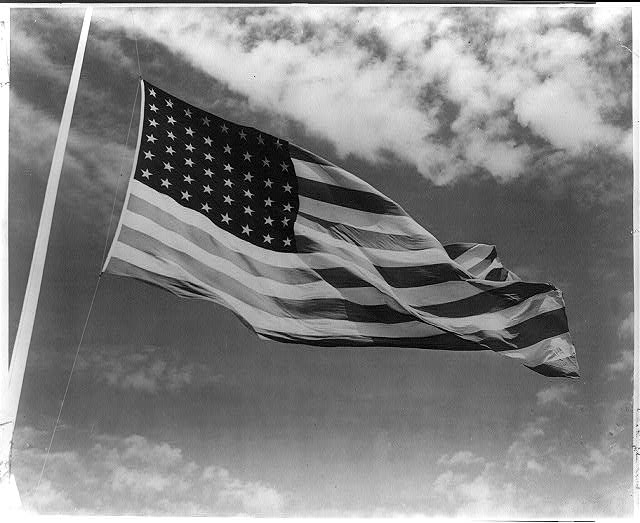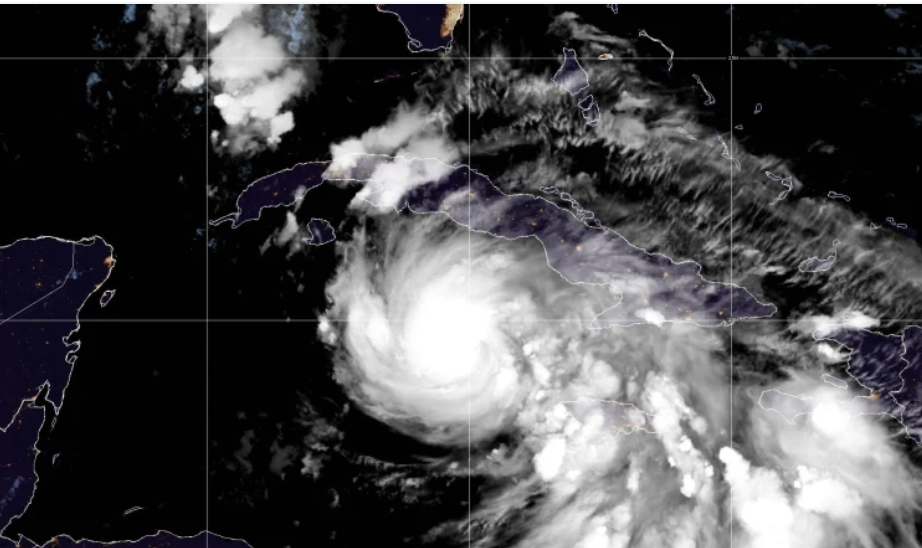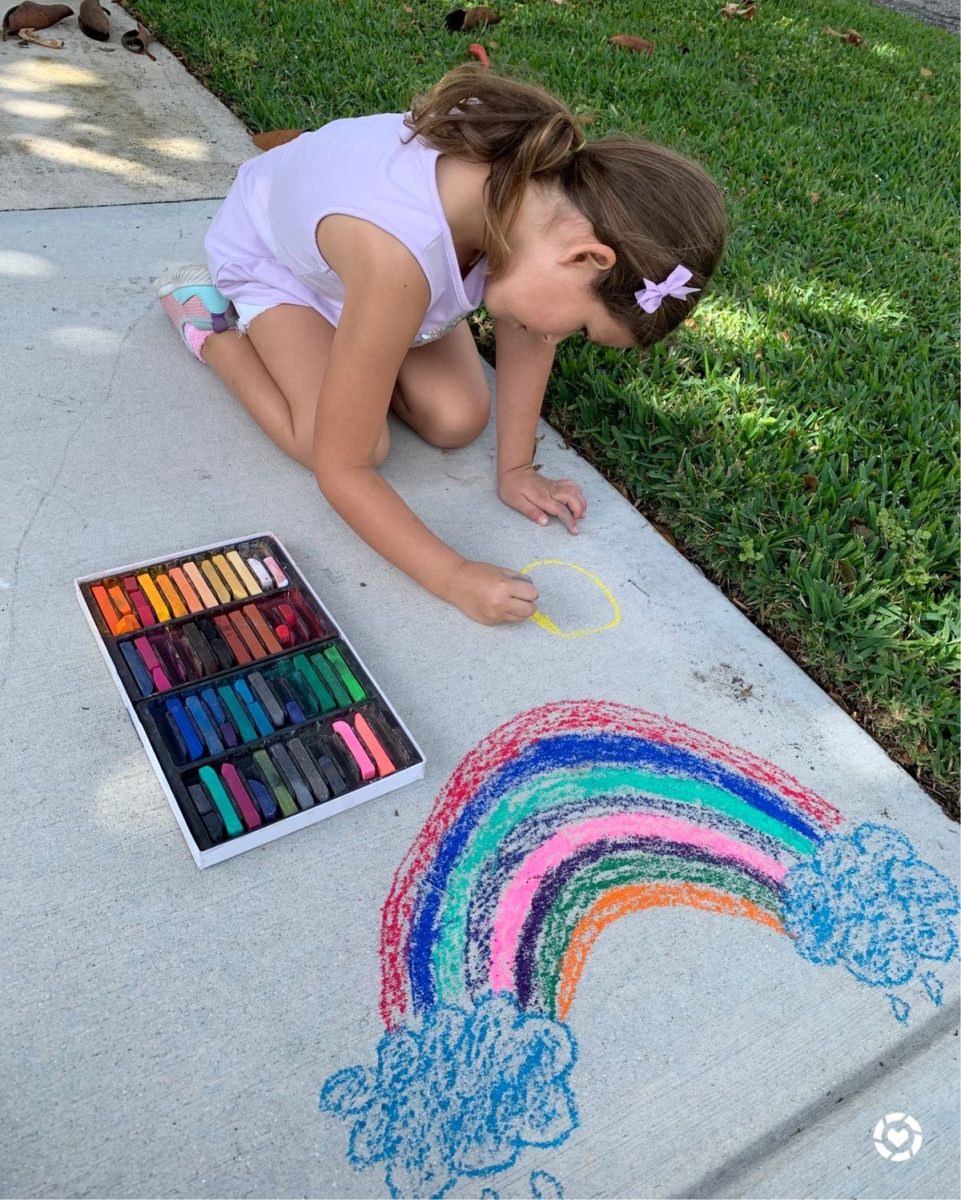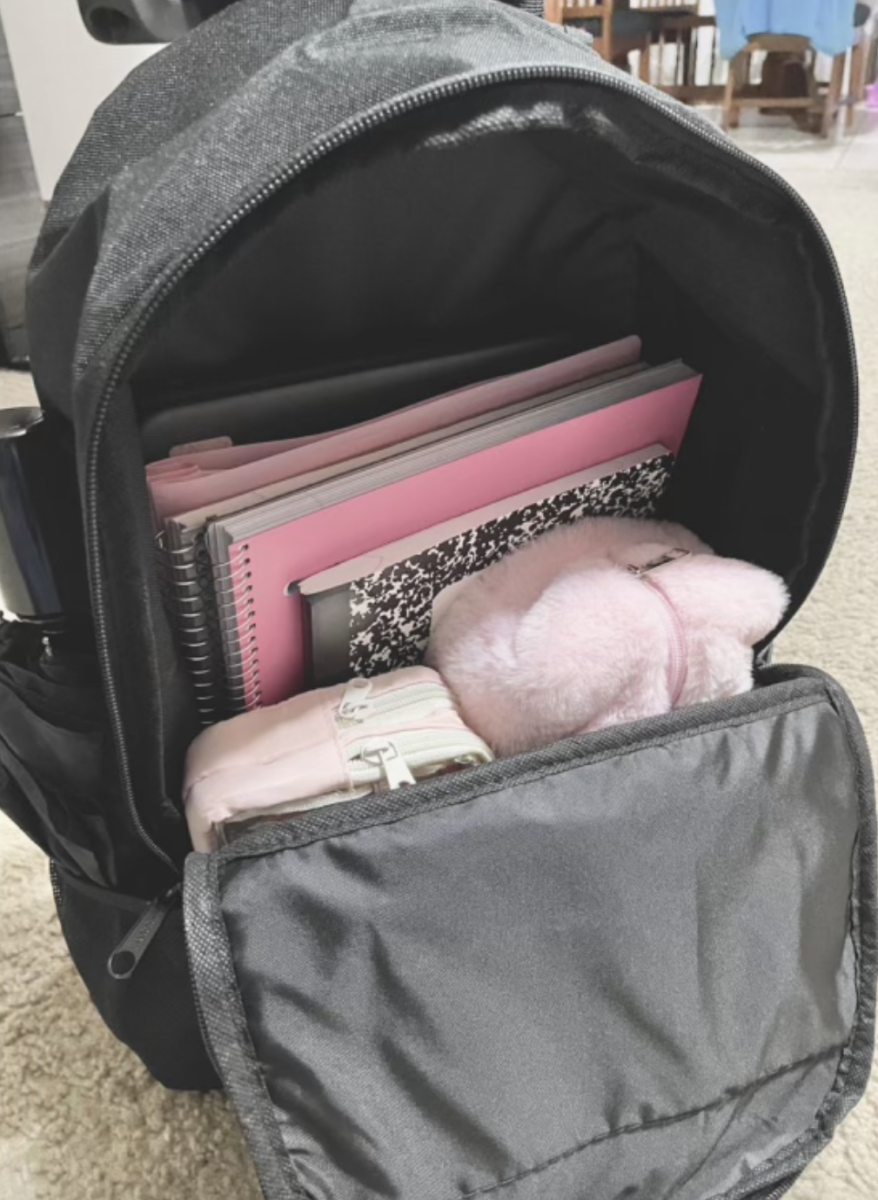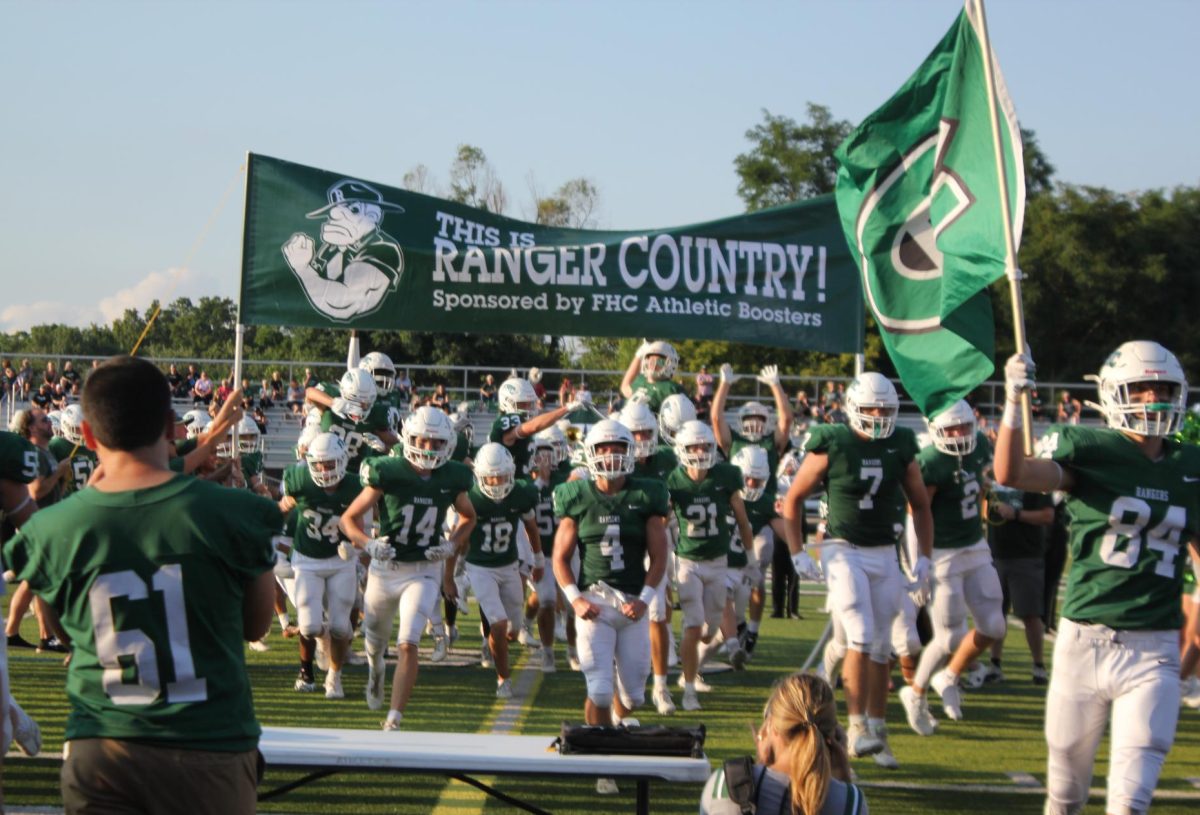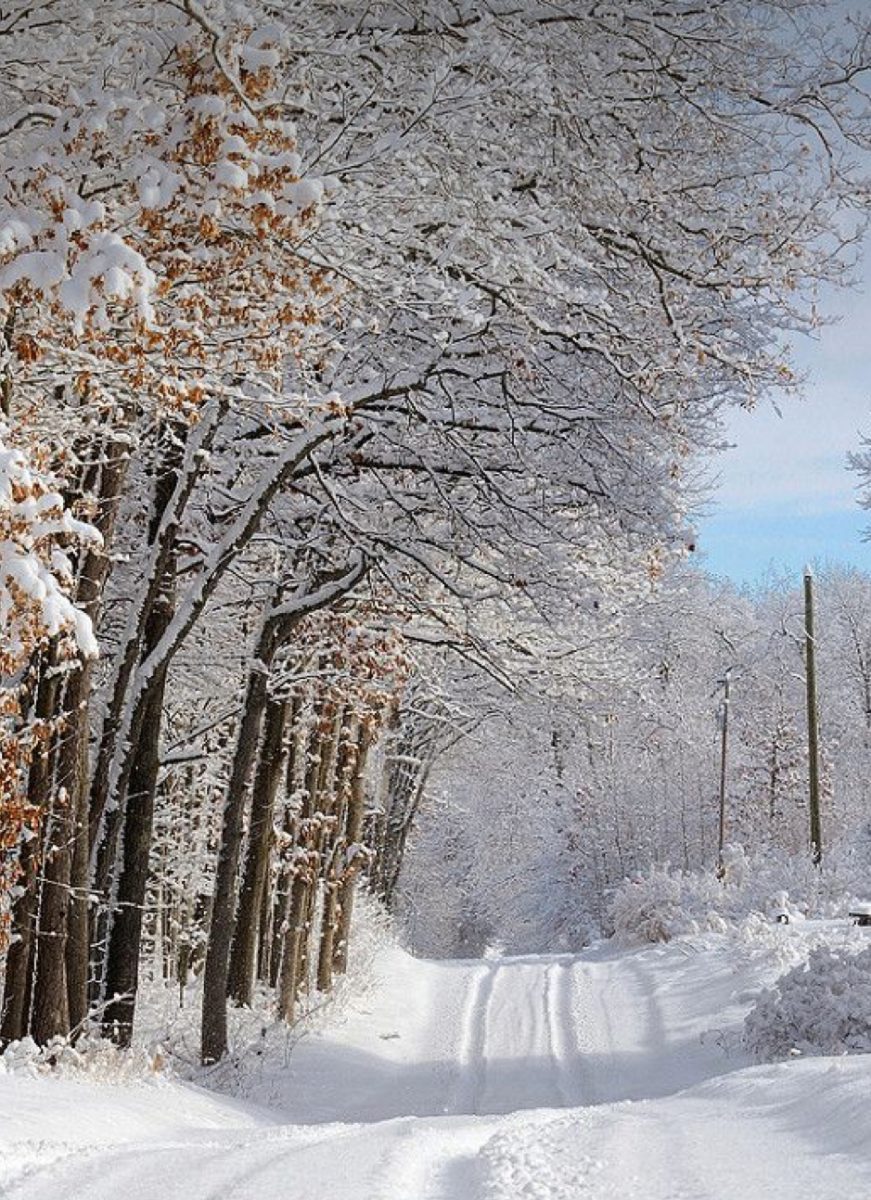Senior Parker Ludwig has had difficulties in the past with driving in the winter.
The event went something like this: the neighborhood roads were slightly slick with ice, and his car turned too quickly and crashed.
“I did hit a mailbox,” Parker said. “My parents thought I was drifting in the neighborhood, but I actually took a turn too sharp and overcorrected it, and I did a 360 and hit a mailbox.”
The airbags went off, the car was totaled, and the mailbox had to be replaced from this event. Now, Parker drives a Jeep Grand Cherokee with all-wheel drive—a vehicle well-suited for icy roads and snowy conditions.
Parker has learned a valuable lesson regarding the severity of winter road conditions. After the mailbox incident and a few other close calls, Parker has specific advice for driving in the winter, especially for newly licensed drivers.
“This is going to sound weird, but if you learn how to drift in a parking lot, you’ll know how it feels,” Parker said.
In terms of new drivers, sophomore Addy Quinn has mixed feelings regarding her first winter as a licensed driver.
Although the snowfall in early November was one of Addy’s first official driving experiences navigating through the wintery conditions, she had to undergo a driver’s training session last year in the peak of winter.
“Last year for driver’s training, I drove in the snow, but that was the only time,” Addy said. “I think I had to drive on a snow day because I had to get all of my hours in.”
Addy’s Jeep Wrangler is adept at handling snow and ice, especially with its four-wheel drive. Additionally, being surrounded by her parents and older siblings has taught her what to do and what not to do when faced with a situation on the roads; these years of witnessing the road conditions in the winter have given Addy key insight on how to navigate through snow and ice.
“My mom always tells me to put my car in the snow setting, but [my parents] just tell me to drive slow and leave extra early before I go to school or anything just so I have more time,” Addy said.
Although the main issue with driving in icy conditions is the increased risk and danger associated with it, both Parker and Addy experience small, daily annoyances that add to the tedium of numerous months of controlled driving.
While Parker’s greatest annoyance is snow blowing his sidewalk and driveway during the winter months, Addy dislikes the task of heating and brushing off the car every morning before school.
School resource officer Jim Svoboda adds his experienced knowledge regarding winter driving. After tending to numerous accidents during the winter months, Svoboda has crucial insight regarding laws and safety tips.
“Especially with the first real snowfall, the icy roads—you see a lot of people that, over the course of the last six months, haven’t seen that type of driving, [and] they forget you have to leave extra time for braking distance and more space in between vehicles,” Svoboda said.
Additionally, Svoboda states that safe driving starts before the car is even in drive. He recommends that everyone heats up their cars before driving, allowing for snow to thaw and clearing the icy windows that can cause visibility issues.
Svoboda also describes the speed law that is unique to Michigan. Essentially, when a sign is posted, drivers must oblige to that limit, especially because drivers can be ticketed regardless if they are going the speed limit.
“In Michigan, if you have a posted speed limit—for example, if the speed limit is 55 [miles per hour] and you slide off and hit a tree, and you were only going 55 miles an hour but the roads are snowy and icy, that’ll cause the accident,” Svoboda said. “You could be cited a ticket for driving too fast for conditions even though you were only going the speed limit.”
Svoboda’s top advice for new drivers is simple: take your time and leave an adequate amount of distance between the car in front of you. The little safety measures add up, reducing the risk of crashes by taking the extra time to ensure that everything is in functioning order.
“The big thing is just to take your time,” Svoboda said. “Give yourself extra time [when you leave your house] to get there, and don’t be in a hurry on snowy, icy roads. If you are in a hurry, you are going to end up in a ditch or in an accident.”








